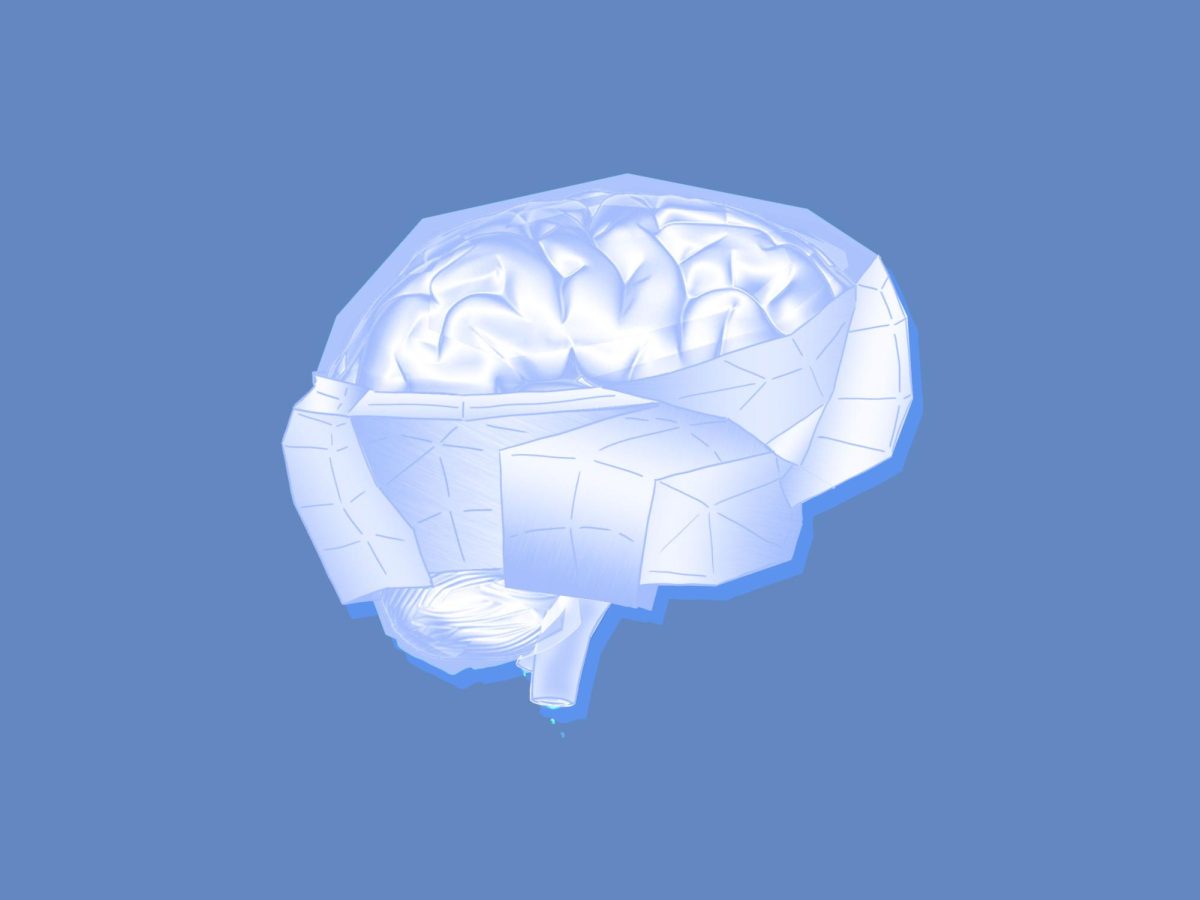A 6.8 magnitude earthquake struck central Morocco on Sept. 8 killing over 2,900 people and leaving 5,500 injured.
The Earth tremor devastated the rural towns in Marrakesh and led countless individuals on a search-and-rescue mission to save the lives of victims trapped underneath the rubble. Earth’s surface is made of brittle rock and once those are broken into smaller pieces, they become tectonic plates.
The ruinous calamity is the most fatal since the 5.9 magnitude quake ] in 1960 that occurred along Agadir’s coastal city, approximately 150 miles southwest of Marrakesh.
Earth’s surface is made of brittle rock and once those are broken into smaller pieces, they become tectonic plates.
All plates move at different speeds. California is more likely to experience earthquakes due to rapid plate movement. The relative motion between plates in the San Andreas fault is 50mm whereas it is only 3.6mm a year between the African and Eurasian plates.
Slow plate motion equates to fewer earthquakes. This disastrous phenomenon occurred along the High Atlas Mountains Range, an indicator of reverse faults.
The geological occurrence known as reverse faults occurs when tectonic plates collide, causing the Earth’s crust to rise.
“So the types of buildings that exist in Morocco are not built to withstand the strong shaking from their base,” Geologist Wendy Bohan said. “And so they are very likely to collapse and damage like we’ve seen. Earthquake geologist.”
In February, a 7.8-magnitude earthquake struck Turkey and Syria killing nearly 60,000 people. Geologists note that these two incidents were related. According to the USGS, more than 12 earthquakes with a magnitude over seven have occurred in the past year.
Researchers have emphasized that there isn’t an increase in the frequency of earthquakes, and climate change does not impact them.
Although climate change does not impact earthquake frequency, humans are responsible for increasing fluid pressure in rock. According to Lucy Jones, a California-based seismologist and visiting geophysics associate at the California Institute of Technology, humans can do this by building large dams or fracking.
The fluid inside a fault can offset the pressure on both sides and increase the likelihood of the blocks slipping along the fault, thus increasing earthquake activity.
Moroccan officials have sent out militia and civilian responders to rescue survivors, remove debris and provide emergency shelter.
The government is set to allocate hundreds of millions of dollars to fix roads and rebuild schools affected by the disaster.
Although humans have limited influence over the timing and locations of earthquakes, they can take measures to reduce their impacts.
“When a 6.3-magnitude quake hit northern Morocco in 2004, killing hundreds of people, the country rebuilt the area with seismic shocks in mind,” Jesús Galindo-Zaldívar, a professor of geodynamics at the University of Granada in Spain said.
In essence, although quakes are inevitable, there are steps that can be taken to reduce the impact of future disasters such as the recent earthquake.
One way is to prevent high fluid pressure beneath the Earth’s surface.
Another is to build infrastructure that can better withstand the effects of earthquakes when they decide to run their course.








Vicki L Nelson • Sep 25, 2023 at 5:32 pm
I don’t understand this part…
Although climate change does not impact earthquake frequency, humans are responsible for increasing fluid pressure in rock. According to Lucy Jones, a California-based seismologist and visiting geophysics associate at the California Institute of Technology, humans can do this by building large dams or fracking.
The fluid inside a fault can offset the pressure on both sides and increase the likelihood of the blocks slipping along the fault, thus increasing earthquake activity.
So, is it a good thing or bad thing?? Fracking & dams…that would be releasing pressure, wouldn’t it ?